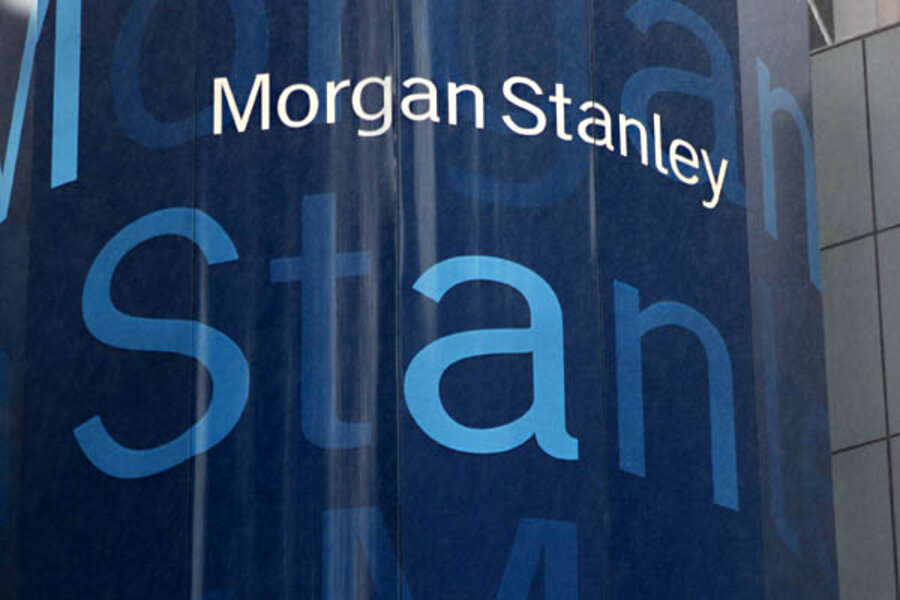Wall Street's return on equity problem
Loading...
The Emperor never had any clothes to begin with - just a good spot in an up-cycle with cheap cost-of-capital and an endless capacity to leverage it. Toss in a hint of government influence and a dash of deregulation and you get an amazing profit machine, until it's all taken too far.
But now we see how these banks look in a recovery without the extraordinary tailwind of the mid-aughts. And it ain't nothing spectacular.
Now bonuses are being chopped by up 60% and even the junior levels at the big investment banks are seeing position cuts. Because there was never any alchemy or magic at work to begin with and the new rules and realities lay this truth bare for all to see.
The banks have a certain amount of equity, the capital they can use to generate profits. But there is now less that they can do with that equity and this fantastic explanation from DealBook shows how that affects these companies:
On Wall Street, much depends on a financial performance metric, return on equity, which effectively measures the profits a bank was able to generate on its capital. If a bank made $1 billion in profits on $10 billion of equity, its return on equity would be 10 percent.
In the middle of last year, Goldman Sachs’s target for return on equity was 20 percent, though the firm has since retreated from setting a target, citing the uncertainty in its business. Its actual return last year was only 3.7 percent, compared with 33 percent in 2006. Morgan Stanley managed 4 percent in 2011, compared with 23.5 percent in 2006.
Analysts estimate that Goldman effectively pays 10 to 15 percent for its capital. As a result, in 2011, the firm did not even cover the cost of its capital.
When I go on TV and explain to people that this incontrovertible fact keeps me out of the i-bank stocks, I get a lot of pushback still. If you want the other side of my trade, then you have to believe that the rules are going to loosen up fairly soon so The Street can once again activate the dancefloor.
I doubt this will be the case. If the economy improves these banks will do okay, but think about all the areas that will do so much better.








